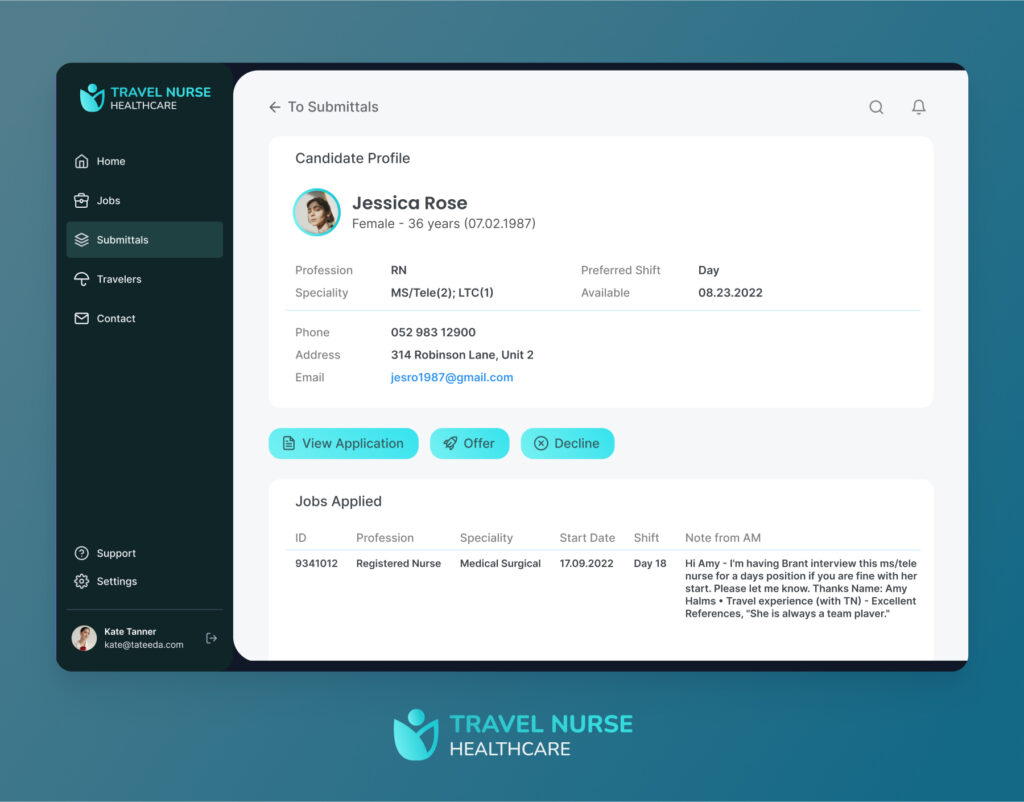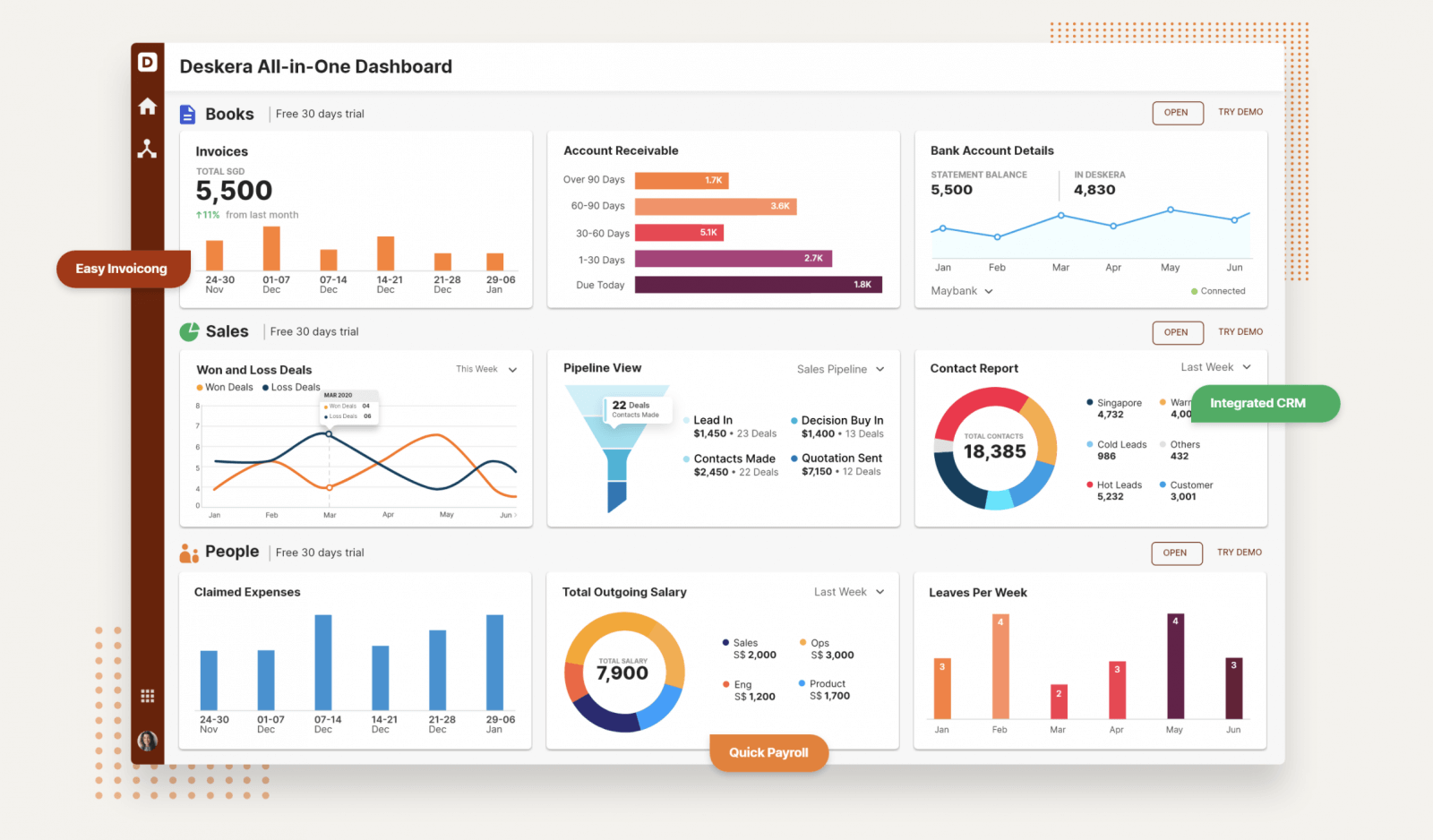Unleashing the Power of Data: Enhancing Human Resources Strategies With Cutting-Edge Staffing Management Software
By utilizing the power of data analytics, companies can not just enhance their employment strategies yet also maximize staff member retention and efficiency. The synergy in between data-driven insights and advanced modern technology provides a compelling chance for HR experts to revolutionize their technique towards ability administration.
Relevance of Data-Driven Human Resources Techniques
Why have data-driven human resources strategies end up being important in contemporary business operations? In today's busy and competitive service setting, organizations are progressively counting on data-driven understandings to make enlightened decisions. Data-driven HR methods make it possible for companies to enhance their labor force management, recruitment procedures, and staff member engagement efforts. By examining information connected to worker efficiency, turn over prices, and ability gaps, HR departments can determine fads, forecast future needs, and develop positive remedies to deal with difficulties.
Data-driven HR techniques also play an essential role in enhancing employee satisfaction and retention. Through the evaluation of staff member comments, performance reviews, and training outcomes, human resources specialists can tailor individual development strategies, identify high-potential staff members, and promote a culture of continuous understanding and development within the organization. Data-driven understandings make it possible for HR groups to align their approaches with the overall organization goals, ensuring that skill management initiatives straight contribute to business success.
Advantages of Staffing Monitoring Software Application
Making use of staffing administration software application improves the employment and onboarding processes for human resources departments, improving performance and precision in skill procurement. One considerable benefit of this software is the capability to centralize prospect data, making it conveniently accessible for employment groups. By having all applicant info in one area, HR specialists can efficiently track candidate progression, communicate successfully with prospective hires, and make certain a seamless recruitment experience.
Additionally, staffing management software commonly includes attributes such as return to parsing and key phrase matching, which aid in quickly determining leading prospects that match the job demands. This automation lowers the moment spent on manual return to evaluating, allowing HR personnel to concentrate on even more calculated tasks. staffing management software. In addition, these systems can incorporate with work boards and social media platforms, expanding the reach of work postings and attracting a diverse pool of candidates
Additionally, analytics and reporting tools within staffing management software offer important insights into recruitment metrics, such as time-to-fill and cost-per-hire. This data-driven approach makes it possible for human resources groups to make enlightened choices, maximize employment methods, and enhance overall working with processes. By leveraging these advantages, organizations can streamline their ability acquisition efforts, enhance candidate experience, and inevitably construct a solid workforce.
Enhancing Recruitment Procedures With Information
By leveraging data, firms can make more enlightened decisions throughout the employment lifecycle, ultimately leading to much better hires and boosted retention rates. One vital method information enhances recruitment procedures is by optimizing work postings based on insights from previous successful hires.
In addition, data analytics can simplify the screening and choice procedure by identifying patterns in prospect credentials and performance indications. This enables recruiters to concentrate their initiatives on candidates who are more than likely to be successful in the duty, conserving time and resources. Furthermore, data-driven employment strategies can help lower bias in the employing procedure by giving objective understandings into prospect qualifications and potential fit within the organization. Generally, incorporating information into recruitment processes encourages companies to make smarter hiring decisions and build high-performing teams.
Improving Staff Member Retention Via Technology

One method innovation can enhance employee retention is through using staff member interaction platforms. These platforms permit for real-time comments, recognition, and communication about his in between staff members and administration, promoting a culture of appreciation and support. Additionally, technology can make it possible for tailored discovering and advancement programs tailored to specific employee demands and occupation goals, increasing work fulfillment and loyalty.
Moreover, data analytics tools can aid companies identify patterns and patterns associated with worker turnover, allowing them to take positive measures to resolve potential problems before they intensify. On the whole, by leveraging innovation effectively, companies can create a much more engaging and helpful workplace that urges staff members to expand and stay within the firm.
Making Best Use Of Workforce Performance With Information

With the analysis of data, human resources divisions can recognize patterns and fads that influence productivity degrees. By tracking staff member job hours and project completion rates, organizations can optimize work schedules to ensure that tasks are successfully distributed amongst group participants. Furthermore, data can expose skill gaps within the workforce, permitting HR to implement targeted training programs that enhance staff member abilities and total productivity.
Additionally, data-driven performance assessments enable supervisors to give certain comments and support to employees, fostering a society of continual enhancement. In general, leveraging data to optimize labor force efficiency is a tactical approach that encourages organizations to achieve their objectives successfully and effectively.
Conclusion
In conclusion, making use of innovative staffing management software program can substantially enhance HR methods by leveraging the power of data. By including data-driven employment processes, enhancing employee retention via technology, and maximizing labor force efficiency, companies can improve their procedures, make more enlightened decisions, and inevitably accomplish greater success in handling their human capital. Accepting these technological improvements is crucial you can look here in the ever-evolving landscape of personnel management.
Data-driven Human resources techniques allow firms to optimize their workforce administration, employment procedures, and employee interaction campaigns. By assessing data related to worker efficiency, turn over prices, and skill spaces, Human resources divisions can recognize fads, predict future needs, and develop positive options to resolve challenges.
